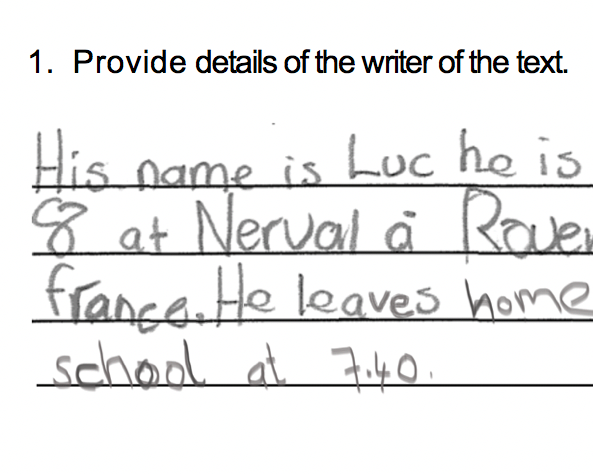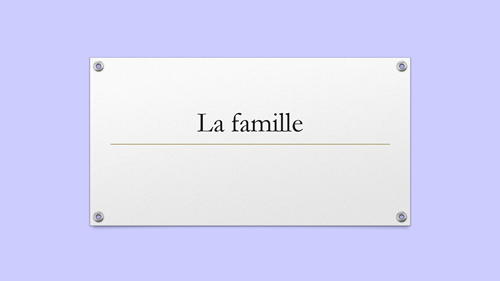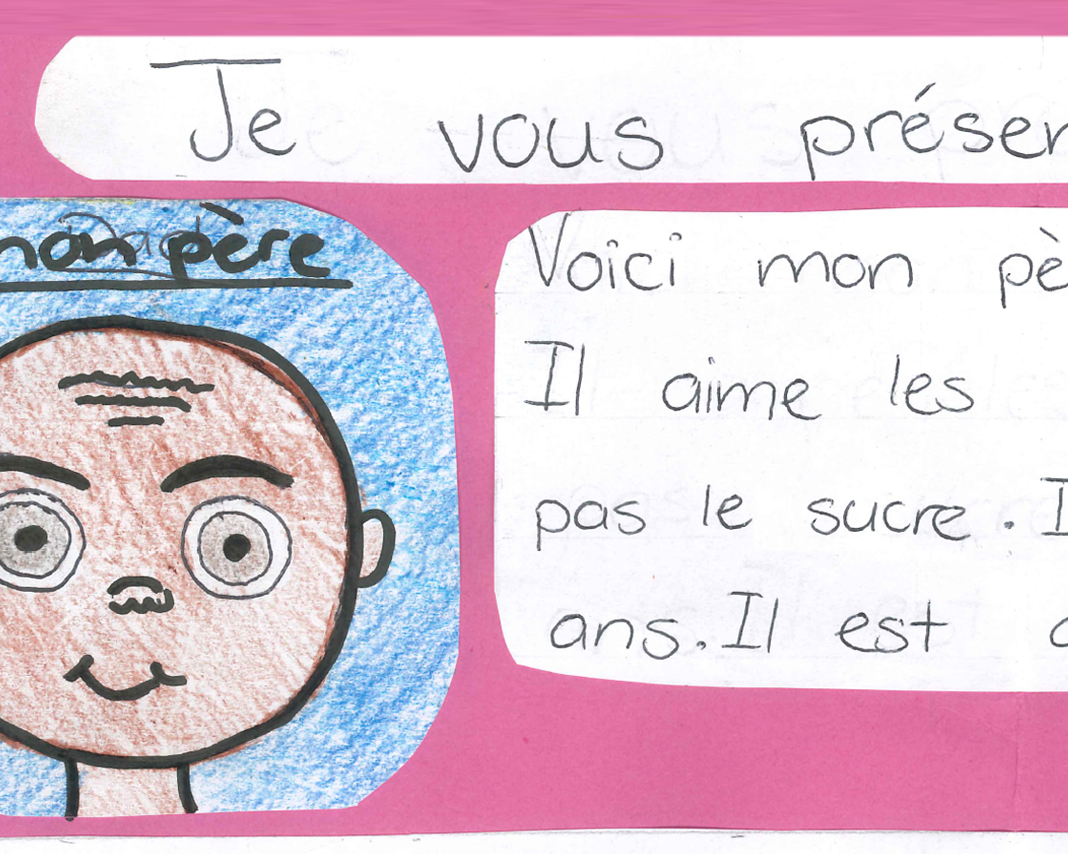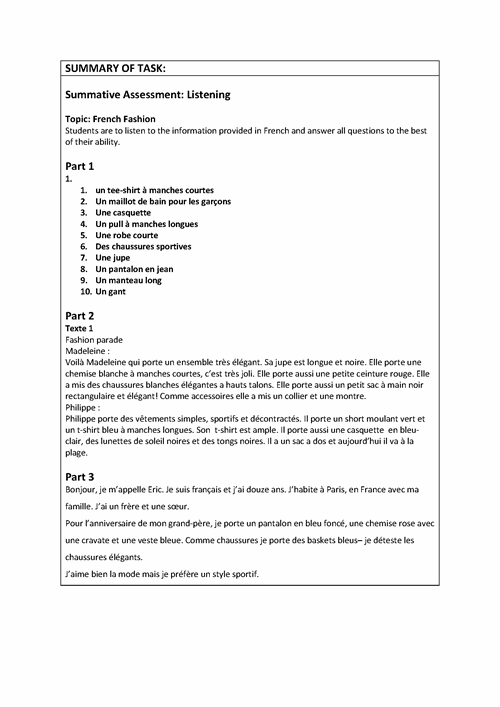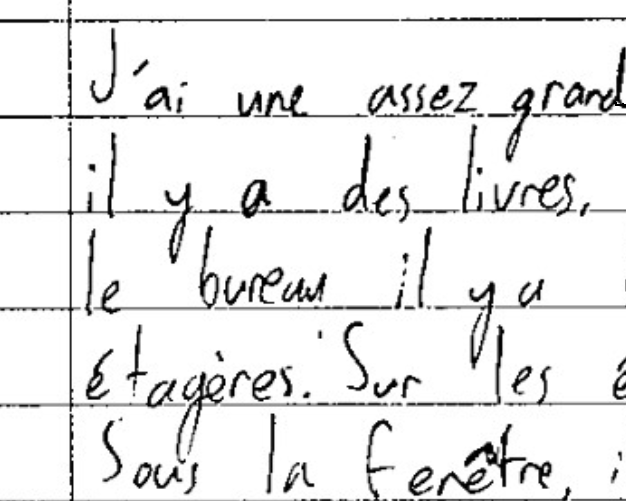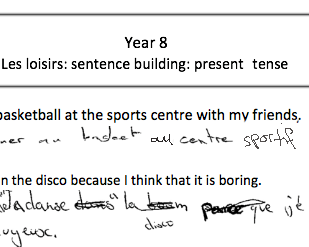By the end of Year 8, students use French to interact with each other, teachers and online French-speaking contacts, to exchange information, opinions, experiences, thoughts and feelings about themselves, their families and friends. They initiate and sustain conversation by using active-listening skills and responding to others’ contributions (for example, c’est vrai ...; ah oui, en effet ...; pas possible!). They respond to familiar questions and directions (such as Qu’est-ce que c’est? Qui est-ce? Posez la question à ...), and request help or clarification (for example, Pardon? Pourquoi? Peux-tu répéter?). They approximate French sound patterns, intonation and rhythms, including novel elements of pronunciation such as -r, -u and -ille. They use the present tense and present + infinitive form to make statements and ask questions about self, peers, family and interests (for example, je suis italien-australien; j’habite à Cairns; j’ai une sœur et deux frères; j’aime chanter; et toi?). They locate factual information from a range of texts and use non-verbal, visual and contextual cues to help make meaning. They describe familiar objects, contexts and experiences (such as la maison, le quartier, l’école), using appropriate subject-verb and noun-adjective gender and number agreements and vocabulary to describe appearance (for example, grand, petit, belle, bizarre), character (for example, sympa, compliqué) and quantity (for example, les numéros, beaucoup de ...). They use modelled sentence structures, formulaic expressions and high-frequency vocabulary to create texts such as captions, emails, posters or short narratives and presentations. They use conjunctions and connectives (such as puis, ensuite and mais), and prepositions of place and time (such as sous, sur, devant, après and avant) to build cohesion and extend sentence structure. They translate short texts and explain French gestures, expressions or signs to friends and family. They provide examples of how languages do not always translate directly, and how interpreting and translating involve meaning (for example, values, ideas, attitudes) as well as parts of speech (such as nouns, verbs, adverbs). They adjust language use to suit contexts and situations (for example, use of tu or vous, different forms of address), and respond in culturally appropriate ways to interactions with French speakers or resources.
Students provide examples of the dynamic nature of contact between languages and cultures in the contemporary world. They identify the significance of French as a world language and the distribution of communities of French speakers in different countries and regions. They give examples of similarities between French and English (for example, the same alphabet and basic sentence structure, many words in common), and some differences (such as pronunciation and intonation patterns, non-verbal language, grammatical gender forms and politeness protocols). They identify French words used in English (such as ‘menu’, ‘mousse’), English words used in French (such as le weekend, le football), and explain how languages and cultures influence and interact with each other (technology, globalisation, popular culture). They know that French has its own rules for pronunciation, grammar and non-verbal communication and that they need to adjust language to suit different situations and relationships (for example, formal and informal language, different text types). They use metalanguage to explain features of language, texts and grammar, making connections with terms such as ‘verb’, ‘adjective’ and ‘tense’ that are used in English learning, and incorporating new concepts such as grammatical gender for talking about French. Students give examples of how languages are connected with cultures, and of how French language reflects ways of behaving and thinking as does their own language.

